Blogs The Influence of Big Food Companies on School Lunch...
Read MoreBlogs
“What children eat at school has a major impact on their overall health and well-being.” – Michelle Obama, Former First Lady of the United States.
We trust our children’s schools to serve meals that help them grow. Some studies though, show that school lunches might not be so healthy. A study found that kids eating a lot of ultraprocessed foods had more risks for childhood obesity and cardiometabolic health problems.
Ultraprocessed foods are common in school lunches. They often have additives not usually found in home-cooked meals. These include preservatives, fake colors, emulsifiers, and changed sugars, salts, and fats. Even though they’re easy, these foods might harm our kids’ healthy eating habits and lead to health issues.
Understanding the effects of ultraprocessed foods is key in school nutrition programs and food access. We must look closely at the food our children eat at school. This way, we can make sure they get the nutritious meals that help them do well in school and in life.
The Hidden Dangers of Ultraprocessed Foods
Ultraprocessed foods are everywhere, even in school lunches. The Food and Agriculture Organization of the United Nations describes them as foods not usually made at home. They often contain preservatives, artificial colors, and more to make them taste and look better.
What Are Ultraprocessed Foods?
Ultraprocessed foods go through a lot of factory steps to become edible. They can be seen in things like sugary cereals to frozen meals. Although they’re easy to grab and not expensive, the health effects on kids are worrying.
The Impact on Children’s Cardiometabolic Health
Kids eating a lot of ultraprocessed foods show negative health signs. They might have a higher body mass index, blood pressure, and unhealthy waist-to-height ratio. These bad signs can mean they face heart disease and diabetes risks down the road.
Early Dietary Habits and Long-Term Effects
What kids eat now greatly impacts their future health. Encouraging them to eat more fresh, whole foods is crucial early on. This way, they can develop better taste and habit before it’s too late. Schools can help by cutting down on ultraprocessed foods and teach better eating habits. It’s all about supporting kids’ nutrition and well-being.
School Lunch Program: Addressing Food Allergies
The school lunch program is all about giving students meals that are both tasty and good for them. But, it’s not just that. It’s also about making sure students with food allergies stay safe. Allergies to things like peanuts, tree nuts, dairy, wheat, soy, and shellfish are quite common. They can be really risky for those who are allergic. This is why the program focuses a lot on safety guidelines and policies to help kids with food allergies.
Common Food Allergens and Risks
About 8% of kids have food allergies. Coming into contact with certain foods like peanuts, tree nuts, dairy, and wheat might cause very severe reactions. In some cases, these reactions can even be life-threatening. That’s why school meal services work hard to keep these food allergens away from kids who shouldn’t have them. This is to make sure that all students stay safe from childhood allergies and maintain good health.
School Policies and Safety Guidelines
Having the right school allergy policies and school safety guidelines is key for the school lunch program. These rules include things like clearly marking food ingredients, offering meals that don’t contain common allergens, and teaching staff what to do in emergencies. It also involves making sure parents know about the steps taken to keep their kids safe from bad reactions to food. This way, everyone can be more at ease when it comes to food safety.
Food Safety Concerns in School Lunches
It’s really important to keep school lunches safe and tasty. Schools must follow strict rules. This way, they make sure their students eat well and healthy without worry.
Keeping Food at Safe Temperatures
Watching food temperatures is key in keeping lunches safe. Hot dishes should stay at least 140°F to stop bacteria. Cold foods need to be no warmer than 40°F. It’s vital to regularly check and adjust heating and cooling equipment. This keeps food safe from when it’s made to when it’s served.
Preventing Food Poisoning
Preventing food poisoning is crucial. Schools need to focus on hygiene and quick cooling of perishable foods. They also need to teach staff how to handle food safely and do strict checks. This helps ensure students stay healthy.
Handling and Storage Tips
How you handle and store food matters a lot. The right steps, like using sealed containers and not mixing foods, help a ton. By being careful with these steps, schools can reduce the chance of food-related illnesses. This means students stay well.
The Role of BPA in Packaged School Meals
Parents and educators want to offer healthy meals for kids. But, they should check for harmful chemicals in food packaging. Bisphenol A (BPA) is one such chemical. It’s often found in the linings of metal cans, water bottles, and food containers.
What is BPA and Its Health Effects?
BPA is a chemical that messes with our hormones. It can act like natural hormones like estrogen. Many studies link BPA to serious health problems. These include a higher risk of certain cancers, issues with having babies, and diseases like diabetes.
Children face more risk from BPA. It can disrupt their growth and brain development because of its hormone-like effects.
Exposure Levels from Canned and Packaged Foods
Teens eating from canned or packaged foods may get more BPA. This happens when the food is heated or kept for a long time, letting BPA seep in. It’s a bigger worry for those who can’t get fresh unprocessed foods easily, like many low-income students who eat at school. We must work to lower BPA in these foods to protect kids’ health.
Nutrition Education and Promoting Healthy Eating Habits
Cultivating nutrition education and healthy eating habits in schools matters a lot. It helps students make smart food choices. Schools work with parents and the larger school community to build a place that values balanced diets and childhood nutrition. This full-circle method improves student health and fits well with whole school wellness policies.
Involving Parents and School Communities
It’s key to get parents and the school community on board for teaching healthy eating habits. Schools offer workshops, cooking demos, and family-focused events to teach parents about nutrition education. This encourages them to do the same at home. With strong school community engagement, schools ensure a united push for better student choices at all times. This includes when they’re not in school.
Teaching Children About Balanced Diets
By including nutrition education in lessons, students grow skills for healthy eating. They learn in fun ways, like through games and making snacks. Children pick up on why balanced diets are key, what each food group does, and why it matters for the future. These early lessons mean students are ready for a life of good eating, supporting student health and success in school nutrition programs.
School Lunch Program: Challenges and Opportunities
The school lunch program tries to give students healthy meals. But, it struggles with several problems that stop it from working well. These problems include the cost and budget constraints. Schools find it hard to always serve fresh and nutritious foods.
Some schools use less expensive, ultraprocessed foods. These foods often have too much sugar, salt, and unhealthy fats. Budgets can’t stretch to buy more fresh, whole foods. As a result, students, especially those from low-income households, lack nutritious, balanced meals and face food insecurity.
To overcome these issues, more fresh, whole foods need to be available in school lunch programs. Schools can start by working with local farms and producers. This way, they can get seasonal, locally grown produce. They can also look into getting help from the government and following school wellness policies. These steps can help schools offer better quality food. This supports the well-being and academic success of students.
Farm-to-School Initiatives and Local Food Sourcing
School districts aim to give students healthy and eco-friendly meals. Farm-to-school programs help with this by getting local and seasonal produce from nearby farms. This is good for students and the community.
Benefits of Local and Seasonal Produce
Adding local and seasonal fruits and vegetables to school menu items introduces students to fresh and nutrition-packed foods. It improves their health and supports student nutrition. It also shows the benefits of seasonal eating and eco-friendly food systems.
Getting food locally cuts down on pollution from long travels. This makes food more eco-friendly and better for the community.
Supporting Local Farmers and Economies
Farm-to-school programs go beyond helping students directly. They make local food security and community ties stronger. These programs create a direct link between schools and nearby farmers.
This connection is vital for local agricultural producers who have a steady market. It helps small and family-owned farms thrive, boosting the local economy.
So, by joining farm-to-school initiatives and local food sourcing, schools do a lot. They help students eat better and support local businesses. This contributes to a more sustainable food system for everyone.
Government Regulations and School Meal Standards
The government is key in looking after student health. They set rules for school meals. These rules make sure the food is safe, balanced, and good to eat for all kids.
Current Guidelines and Oversight
The USDA sets the rules for lunches at school. The rules help ensure kids eat fruits, veggies, whole grains, and lean proteins. They work to keep meals low in sodium, fats, and sugars. The FDA also checks food packaging for harmful chemicals.
Different areas might have stronger or weaker rules than the federal ones. Some schools do more than they have to, but not all can. Funding and resources for food at school can be a challenge for many.
Addressing Shortcomings and Needed Updates
We always learn more about what’s good for us to eat. So, it’s important to update food rules at school. There are worries about bad chemicals in canned or packaged foods. This means we need to watch over safety more carefully.
It’s critical to give schools enough money and resources for food. This is especially important for schools with many low-income students. Strong policies and good meals can help everyone be healthier. This way, schools can teach kids to value health more.
Conclusion
The issue of school lunches in Canada is complex and needs a comprehensive solution. The goal of the school lunch program is to offer healthy meals. But, things like processed foods, food allergies, and safety worries are big challenges. By improving food education, getting more local foods, and updating rules, we can make a big difference. This will help Canadian kids eat better and be healthier.
Studies show that processed foods can harm kids’ heart health. So, it’s important to switch to fresh, whole foods at school. Schools also need to be careful with food allergies and make sure meals are safe to eat. Remove harmful chemicals like BPA from school food packaging to keep kids safe.
Improving school lunches calls for action from many. Parents, teachers, leaders, and the local community must work together. Let’s make healthy eating a norm, bring in fresh local foods, and watch over things better. This way, we can change school lunch for the better. And help Canadian students live healthier lives.
FAQ
What are ultraprocessed foods and how do they impact children’s health?
Ultraprocessed foods are made with ingredients that aren’t usually found in the average kitchen. They often have things like preservatives, artificial coloring, and sweeteners to make them taste better. Eating a lot of these foods can make kids more likely to have health issues like obesity and high blood pressure.
How can early dietary habits impact children’s long-term health?
Starting kids on the right diet early can help their health in the long run. If children eat fresh, non-ultraprocessed foods from the start, they may continue these good eating habits as they grow.
What are the main concerns around food allergies in school lunch programs?
Schools must know about food allergies and how to keep allergic students safe. They should have rules to make sure students with allergies don’t eat foods that could harm them. It’s really important to handle, store, and prepare food correctly to avoid allergic reactions.
Source Links
Latest News
-
 Exciting News: Get Your School in the Game with Food For Good's Giveaway!31 Jan 2024
Exciting News: Get Your School in the Game with Food For Good's Giveaway!31 Jan 2024 -
 Food For Good Continues to Grow Beyond Borders Through McHugh Public School10 Jan 2024
Food For Good Continues to Grow Beyond Borders Through McHugh Public School10 Jan 2024 -
 Food For Good Presents Vision for a Healthier Ontario to Mississauga City Council10 Jan 2024
Food For Good Presents Vision for a Healthier Ontario to Mississauga City Council10 Jan 2024 -
 Kate Durdan and Heximer Seals 2nd Year with Food For Good08 Jan 2024
Kate Durdan and Heximer Seals 2nd Year with Food For Good08 Jan 2024 -
 Food For Good Embarks on New Horizons: Expanding Beyond Niagara Region08 Jan 2024
Food For Good Embarks on New Horizons: Expanding Beyond Niagara Region08 Jan 2024 -
 Wokbox and Food For Good: Nourishing Young Minds Together09 Sep 2023
Wokbox and Food For Good: Nourishing Young Minds Together09 Sep 2023 -
 Partnering for a Purpose: Twice the Deal and the Food For Good School Lunch Program09 Sep 2023
Partnering for a Purpose: Twice the Deal and the Food For Good School Lunch Program09 Sep 2023 -
 Partnering for a Brighter Future: Double Deals and the Food For Good School Lunch Program09 Sep 2023
Partnering for a Brighter Future: Double Deals and the Food For Good School Lunch Program09 Sep 2023 -
 imPerfect Fresh Eats and Food for Good Program Join Forces to Transform School Lunch Programs09 Sep 2023
imPerfect Fresh Eats and Food for Good Program Join Forces to Transform School Lunch Programs09 Sep 2023 -
 Halibut House Partnering with Food For Good: Nourishing Future Generations09 Sep 2023
Halibut House Partnering with Food For Good: Nourishing Future Generations09 Sep 2023
Recent Post
-
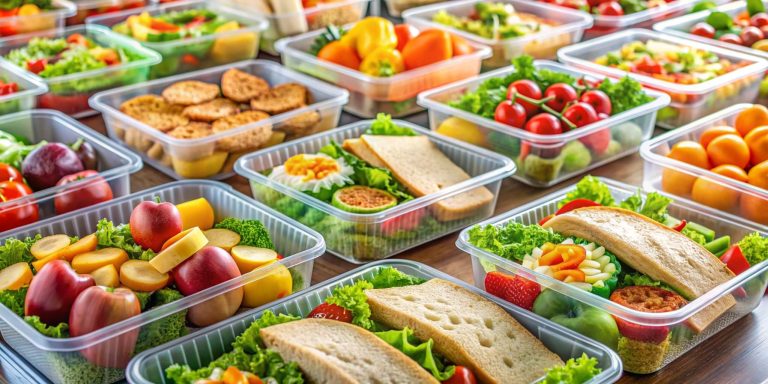 The Influence of Big Food Companies on School Lunch Menus25 Jun 2024
The Influence of Big Food Companies on School Lunch Menus25 Jun 2024 -
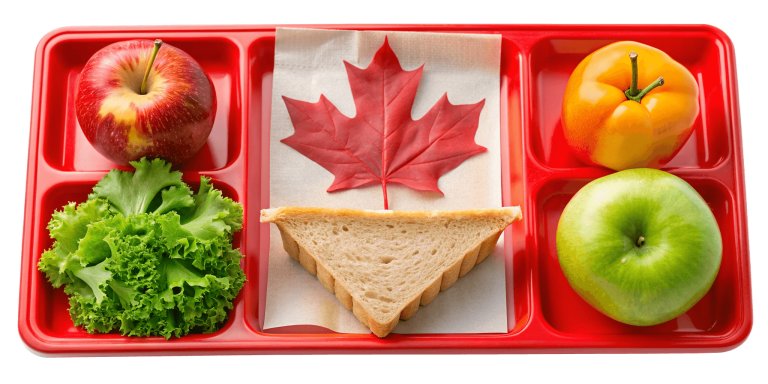 Now is the time looking up into next years school lunch program25 Jun 2024
Now is the time looking up into next years school lunch program25 Jun 2024 -
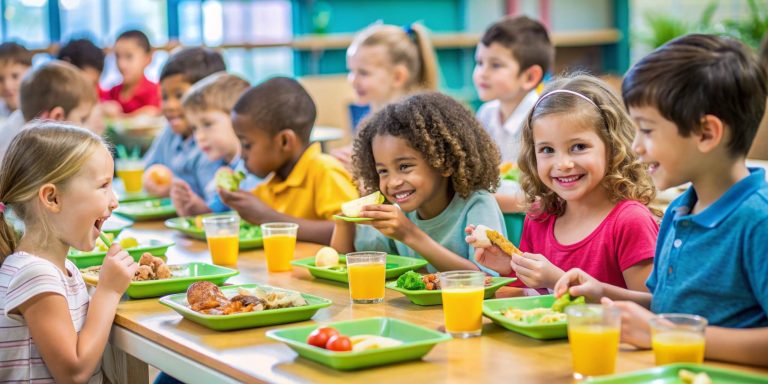 What is the First Nation Student Nutrition Program in Ontario?25 Jun 2024
What is the First Nation Student Nutrition Program in Ontario?25 Jun 2024 -
 Does Canada's food Guide have food groups?21 Jun 2024
Does Canada's food Guide have food groups?21 Jun 2024 -
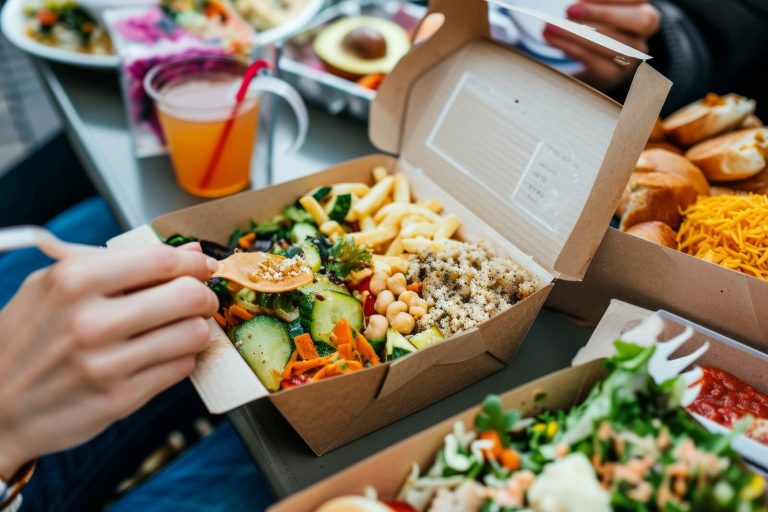 Does Canada have a national school lunch program?21 Jun 2024
Does Canada have a national school lunch program?21 Jun 2024 -
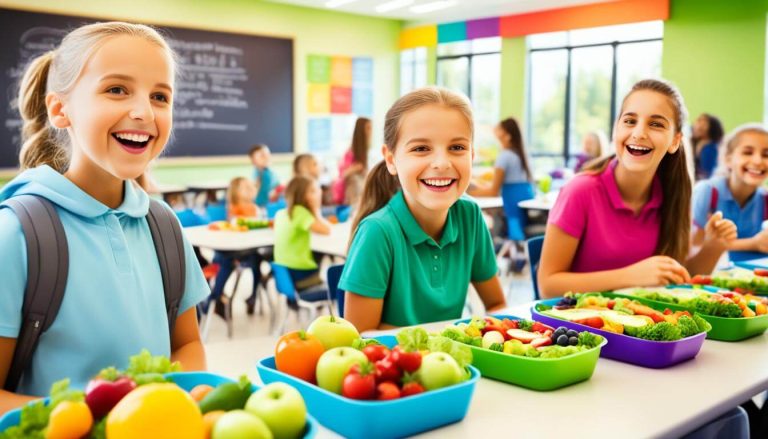 How Food Policies Impact Student Performance: What Parents Need to Know?21 Jun 2024
How Food Policies Impact Student Performance: What Parents Need to Know?21 Jun 2024 -
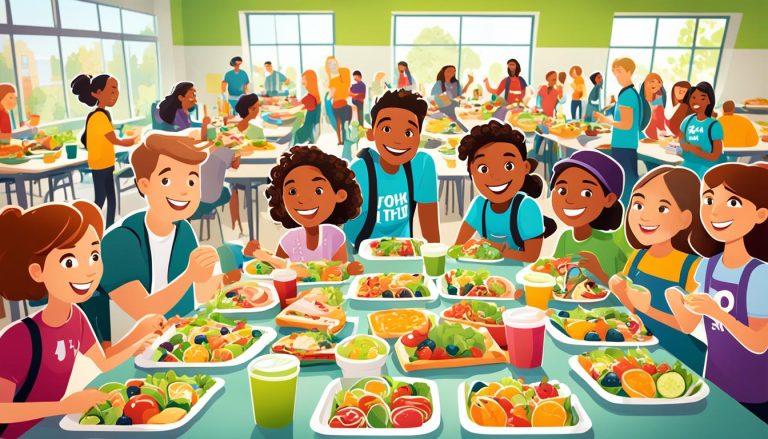 How Does School Lunch Work?17 Jun 2024
How Does School Lunch Work?17 Jun 2024 -
 How Do School Lunches Affect your Childs Development?17 Jun 2024
How Do School Lunches Affect your Childs Development?17 Jun 2024 -
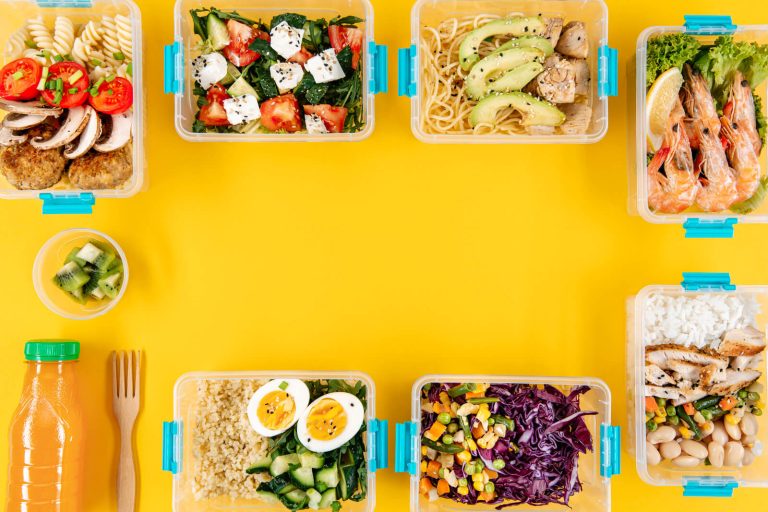 Pros & Cons of having School Lunch Programs15 Jun 2024
Pros & Cons of having School Lunch Programs15 Jun 2024 -
 How to keep school lunch hot?14 Jun 2024
How to keep school lunch hot?14 Jun 2024


